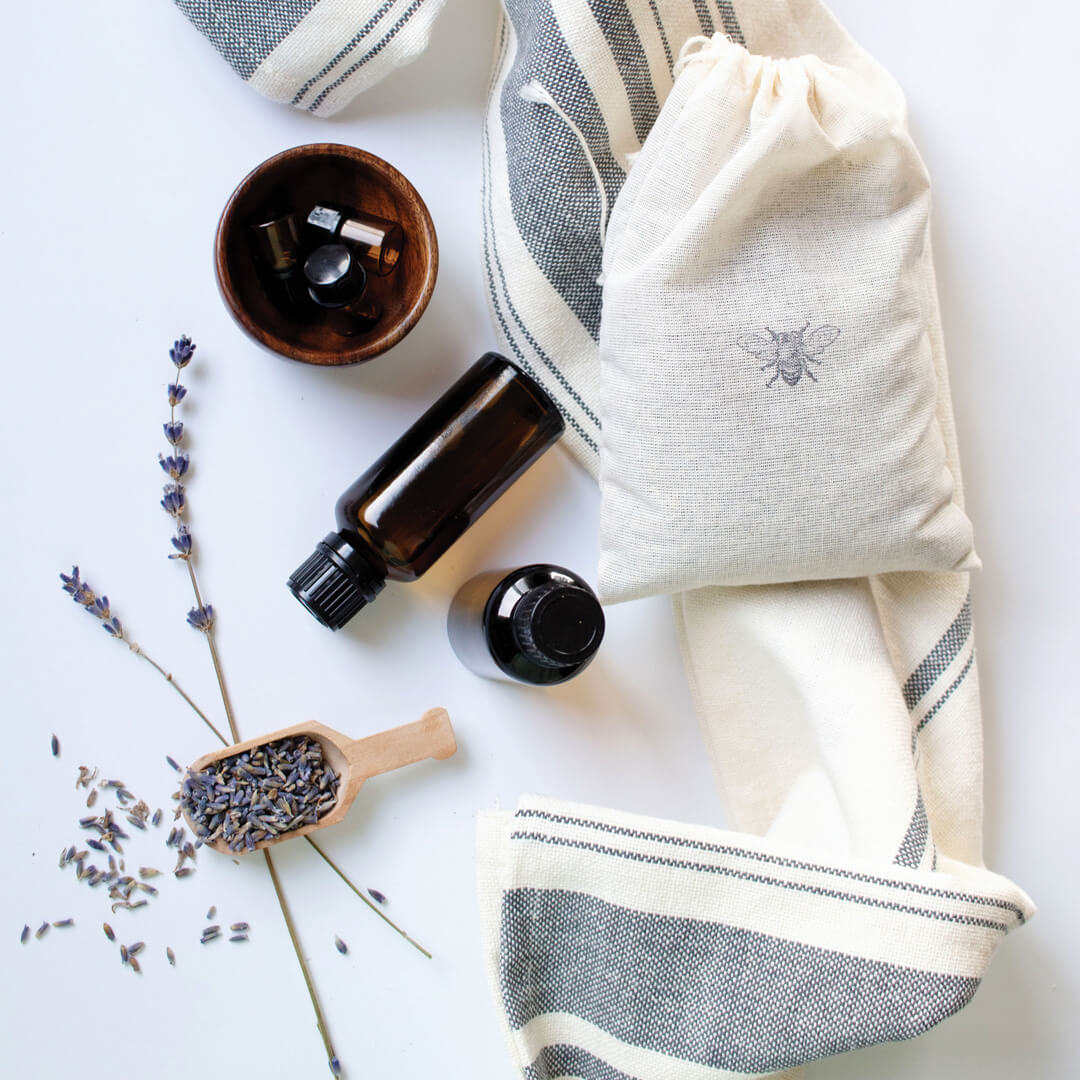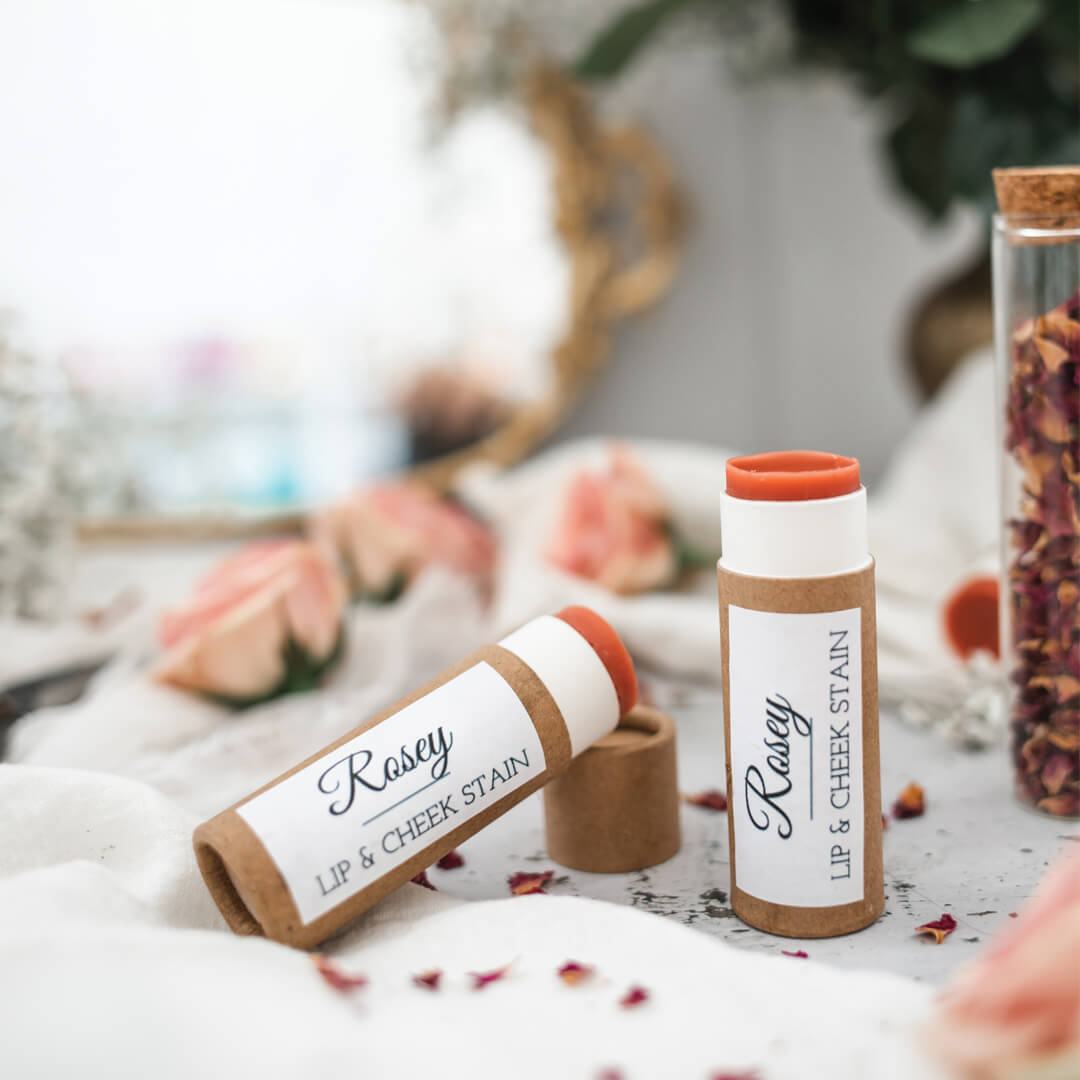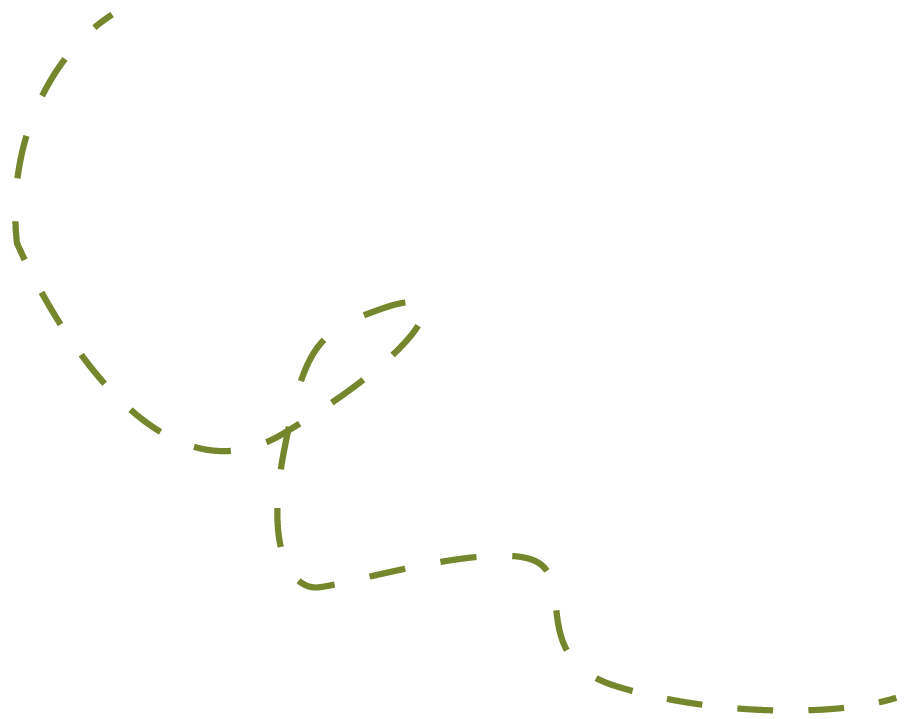Detoxifying Your Beauty Cabinet
0 Comments
Photo Credit: Kristy Doubet Haare
Your body’s “toxic load” is the accumulation of harmful toxins and chemicals through ingestion or skin absorption. From pollution to second-hand cigarette smoke to morning skincare routine and conventional cleaning products, you, like it or not, may encounter many of these substances in your daily life.
These toxins accumulate over time and can impact your health. However, you can reclaim control over your well-being by taking proactive steps to minimize exposure. Read on for ways to detoxify your beauty cabinet.
Why Detoxifying Your Beauty Cabinet Is Important?
Reduce Exposure to Harmful Chemicals
The cocktail of synthetic chemicals commonly found in conventional beauty products can cause harm to your health and the environment. Parabens, for example, are used to extend the shelf life of cosmetic products. However, these synthetic preservatives have been linked to disruptions in hormone regulation, potentially increasing the risk of breast cancer and reproductive issues. By educating yourself about these risks, you can make more informed choices about the products you use on your bodies.
Support Sustainable Practices
Clean beauty products are not only better for your body but also for the planet. Many clean beauty brands prioritize sustainability, using eco-friendly packaging and sourcing ingredients responsibly. You contribute to a more sustainable and ethical beauty industry by switching to clean beauty or, better yet, making the products yourself with DIY recipes.
Related: Homemade Bath & Body Recipes to Welcome Spring
Enhance Skin Health
Some natural ingredients are rich in antioxidants, vitamins, and essential oils that rejuvenate and nourish the skin. As you eliminate harsh chemicals and incorporate natural ingredients, you allow your skin to breathe and function optimally, resulting in a healthier complexion over time.
How to Detoxify Your Beauty Cabinet
Read Labels
The first step in detoxifying your beauty cabinet is to become a label detective. Familiarize yourself with common harmful ingredients. Check product labels carefully and avoid anything containing toxic substances.
Research Clean Beauty Brands
Thankfully, the clean beauty movement has gained significant traction, and countless brands have started to offer safer alternatives. Take the time to research clean beauty brands known for their commitment to using natural, non-toxic ingredients. Look for certifications like USDA Organic and EWG Verified to ensure product integrity.
Start Slowly
Transitioning to clean beauty doesn’t have to happen overnight. Start by replacing one product at a time as you run out of your current ones. Focus on essentials like bath and body products, moisturizers, and sunscreen before tackling more specialized items like makeup and hair care products.

Photo Credit: Kami McBride
DIY Solutions
Exploring DIY beauty solutions offers a personalized and empowering approach to skincare and self-care routines. You can make products tailored to your unique needs with simple, natural ingredients, all while eliminating harmful chemicals. Find unique DIY recipes for natural bath salts, bath soaks, soaps, face masks, chemical-free makeup, lotions, sugar scrubs, essential oils, and more in our Willow And Sage magazine.
What Ingredients to Be Aware of
Here are some key ingredients to watch out for:
- 1. Sulfates: Found in many facial cleansers, body washes, and shampoos, sulfates like sodium laureth sulfate and sodium lauryl sulfate are harsh detergents and may deplete the skin’s natural oils, leading to irritation and dryness.
- 2. Petrochemicals: Derived from petroleum, ingredients like mineral oil, paraffin wax, and petrolatum create a barrier on the skin, preventing moisture loss. However, they can also clog pores, suffocate the skin, and interfere with its natural functions. Opt for plant-based oils and butters that nourish the skin without the side effects.
- 3. Synthetic Fragrances: The term “fragrance” or “parfum” on ingredient labels may mask phthalates, allergens, and irritants. These undisclosed ingredients can trigger allergic reactions, migraines, and respiratory issues. Choose products scented with natural essential oils or labeled as “fragrance-free.”
- 4. Phthalates: These plasticizing chemicals are often used in nail polishes and fragrances to improve durability and flexibility. However, studies have linked phthalates to endocrine disruption and reproductive toxicity.
- 5. Synthetic Colorants: Cosmetics often enhance appearance with colorants or artificial dyes derived from petroleum or coal tar. However, these ingredients can cause skin irritation, not to mention the risk of contamination with heavy metals.
- 6. Formaldehyde: A known respiratory irritant and carcinogen, formaldehyde makes up preservatives in some cosmetics and hair care products.
- 7. Silicones: While silicones create a silky smooth texture in hair products and cosmetics, they can also form a barrier on the skin, trapping sweat, dirt, and bacteria underneath. Over time, this can lead to acne, dullness, and clogged pores. Look for silicone-free alternatives for lightweight hydration and shine.
Related: Are All Chemicals Bad When It Comes to Skincare?
Clean Beauty Swaps
- • Cleanser: Swap your conventional foaming cleanser for a gentle, sulfate-free option containing natural ingredients like coconut oil and aloe vera.
- • Moisturizer: Opt for lightweight moisturizers enriched with nourishing botanicals such as jojoba oil and shea butter instead of heavy, petroleum-based formulations.
- • Sunscreen: Choose mineral-based sunscreens with ingredients like zinc oxide or titanium dioxide over chemical sunscreens containing oxybenzone and octinoxate.
- • Makeup: Transition to clean beauty makeup brands offering products free from synthetic dyes, fragrances, and preservatives.
- • Hair Care: Replace silicones and sulfates in conventional shampoos and conditioners with alternatives containing natural ingredients like coconut milk and argan oil.
Take full control of what you apply to your skin by making your own products with DIY recipes from Willow And Sage Magazine.














